Engineering And Functional Ceramics
An Engineering Process That Uses A Wide Variety Of Ceramic Materials To Construct Functional Components Is Known As Functional Ceramics. Although Traditional Ceramics Such As Clay And Porcelain Are Commonly Used, Contemporary Functional Ceramics Are Most Often Created By Engineering High-Tech Materials That Possess Unique Characteristics In Terms Of Temperature, Electrical, Chemical And Physical Properties. This Type Of Engineering Can Be Very Complex In Order To Maximize The Benefits Of Cutting-Edge Materials. Functional Ceramics Are Used In A Multitude Of Industries Including Electronic, Optical, Structural, Automotive, Medical, And Defense Applications. These Materials Are Designed And Machined With Precision To Create Components That Serve Specific Functions. Depending On The Material’s Properties, They Can Be Lightweight, Durable, Heat Resistant, Electrically Conductive, Chemically Resistant, Stiff, Flexible, And Many Other Qualities. For Example, Transparent Optics Components Need To Be Fabricated Out Of A Material That Is Transparent To Pass Visible Light. Another Type Of Functional Ceramic Is Common In High-Temperature Applications Such As Aerospace, Automotive, And Industrial Applications. These Applications Require Materials That Can Withstand Extreme Operating Temperatures. This Type Of Ceramics Is Comprised Of Materials Such As Alumina, Zirconia, And Silicon Carbide Which Are Primarily Used For Turbine Blades, Jet Engines, And High-Temperature Ovens. In Conclusion, Engineering Ceramics Are A Versatile Material Used In Multiple Industries. With Their Unique Characteristics, Functional Ceramics Are Custom-Engineered To Suit Specific Applications For Both Industrial And Consumer Needs. Their Ability To Withstand High Temperatures, Electrical And Thermal Conductivity, And Chemical Inertness Make Them Ideal Materials For A Wide Range Of Modern Applications.
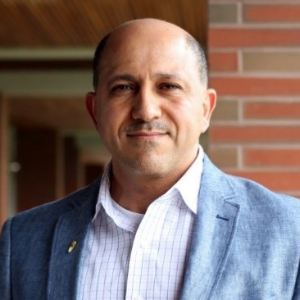
Hossam A Gabbar
Ontario Tech University, Canada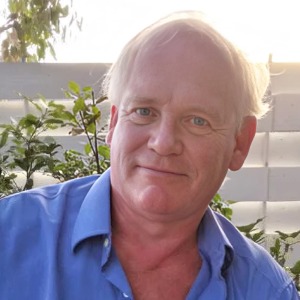
Victor John Law
University College Dublin, Ireland
Alexander Bagaturyants
National Research Nuclear University MEPhI, Russian Federation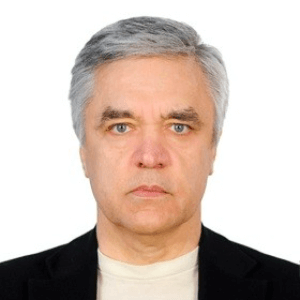
Sergey Suchkov
N.D. Zelinskii Institute for Organic Chemistry of the Russian Academy of Sciences, Russian Federation
Shree Niwas Chaturvedi
Centre for Aptitude Analysis and Talent Search, India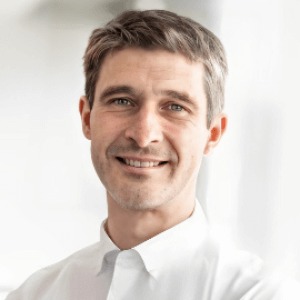
Pieter Samyn
SIRRIS, Belgium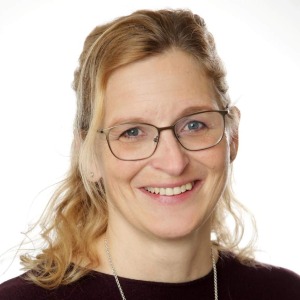




Title : Advances in plasma-based radioactive waste treatment
Hossam A Gabbar, Ontario Tech University, Canada
Title : Unraveling the ultrastructure and functions of the neuronal membrane skeleton using super-resolution fluorescence microscopy
Zhou Ruobo, Djillali Liabes University of Sidi Bel Abbes, Algeria
Title : Solar box cooker dehydration, and relative humidity endpoint detection, of lamiaceae culinary leaves on the island of Crete
Victor John Law, University College Dublin, Ireland
Title : Nutrient and heavy metal loads from the Ribeiras to Coastal zones: A land-ocean continuum perspective in Madeira Island
Aracelis Del Carmen Narayan Rajnauth, University of Porto, Portugal
Title : Prospective polyoxometalate-based covalent organic framework heterogeneous catalysts
Arash Ebrahimi, Comenius University Bratislava, Slovenia
Title : Eliminating implant failure in humans with nano chemistry: 30,000 cases and counting
Thomas J Webster, Brown University, United States